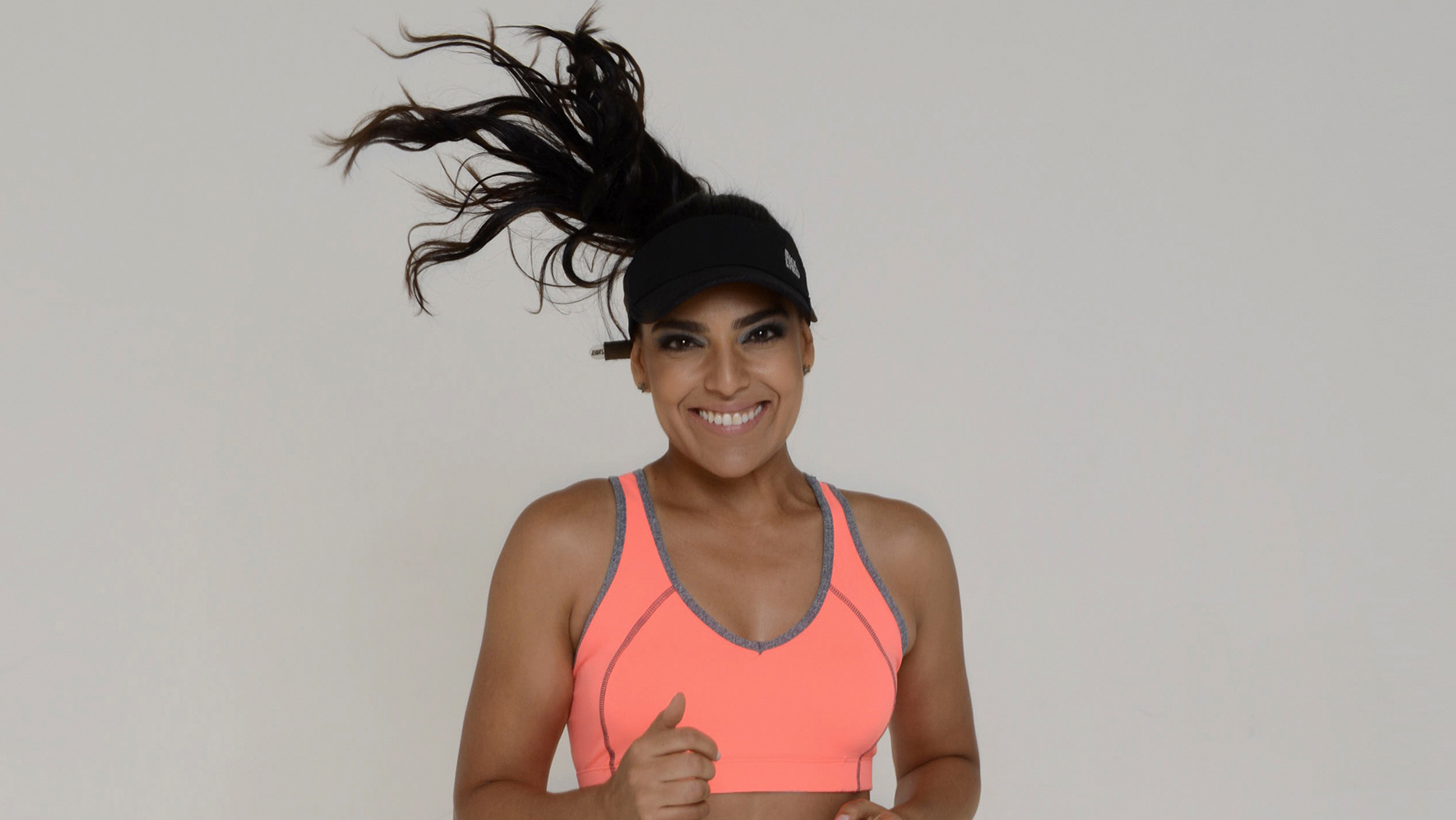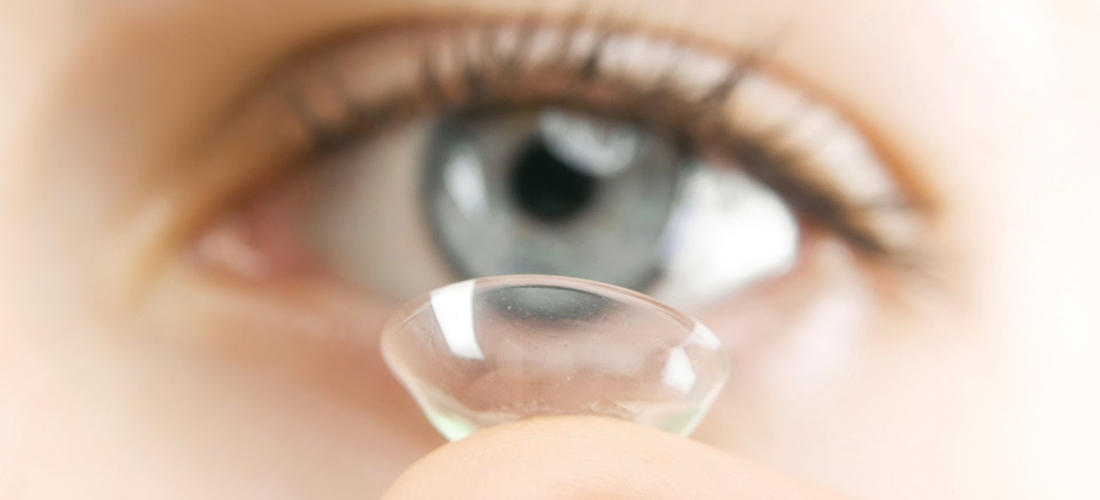We have always heard about the importance of trampling and choosing the right shoes to avoid injury, particularly in athletes and runners. But what is the best way to do this? I discovered that science and technology are powerful allies for those who want to be a sportsman without injury.
And talking about Biokinetics, biomechanical tests, the Blog Sport & Health talked with the physiotherapist, physical education teacher and Master in Biomedical Engineering, Gustavo Leporace.
Sport & Health:
Is the use of technology today, in these cases, essential?
Gustavo Leporace:
Certainly. As much as qualitative assessments can generate valuable information, only when we use high-tech gadgets such as the ones we have in Biokinetics, we can quantify how altered is the running pattern and detect the specific cause (specific weaknesses or shortenings). In addition, high-tech evaluations are highly reproducible, allowing that in a second evaluation the possibility of determining whether the identified risk factor initially is still present and if the risk of injury is low or high. With this, it is possible to indicate objective interventions, maximizing the chances of success and reducing the time required to reach it.
Sport & Health:
What kinds of trample can we have?
Gustavo Leporace:
In a very superficial way, we can say that there are three types of trample: Prone, Supine and Neutral. However, the trample we call “Neutral” is actually pronated step, and what we call stepped prone is an excess pronation.
Sport & Health:
How to identify the trample?
Gustavo Leporace:
There are several ways to identify the trample. It may be by filming the posterior region of the foot with a conventional camera as one is running on a treadmill; it can be through a technique called baropodometry or even with less usual techniques nowadays due to technological advances, such as plantigrama (the impression of the sole of feet). The Plantigrama consists of “dirtying” the sole of the foot with some product (talc, chalk, ink specific for skin, etc) and asking the person to run (or walk) on it. According to the design formed by the foot with the ground it is possible to estimate what is the footprint (trample).
The baropodometry measures the pressure distribution on the soles of the feet, and when there is an increased distribution on the interior part of the foot we call it pronated trampled, and when the pressure is increased on the outside part of the foot, it is called trampled supine.
Even though the latter technique is the most widely used nowadays as part of Biomechanics, it has a very latent limitation: It simply shows how the foot is working. Very often the stepped prone (or supine) is caused by a change of the movements of the spinal cord, hips or knees, and it is more interesting and effective to prevent injuries and to improve the movements of these joints rather than simply using a specific footwear.
Nowadays, the gold standard in finding the type of trample is the Biomechanics Evaluation of the three-dimensional movement. It consists in evaluating the three-dimensional movement of the body as a whole and understand if the change in footprints is specific to the foot (and then we recommend a shoe or insole) or if it is another joint (for example: a weakness of the hip can increase the weight bearing inside, generating a pronated trample. If we strengthen weak hip muscles, the feet usually return to their normal position without a shoe insole or specific).
Sport & Health:
To buy shoes according to trample can prevent injuries?
Gustavo Leporace:
There isn’t scientific evidence that the use of specific footwear for one specific type of trample can prevent injury. An article was published in 2014 analyzing over 7,000 runners by the prestigious Journal of Orthopaedic and Sports Physical Therapy (JOSPT) shows that the selection of footwear based on the type of trample does not reduce the risk of injury in runners. Unlike what many would think, the footwear for pronators and supinators and are not intended to “fix” pronation or supination.
It was published, in 2015, a review article in the British Journal of Sports Medicine, written by a leading authority on the subject of running shoes, Dr Benno Nigg, pointing out that the main criterion that should be used to choose the footwear is individual comfort during the race and not the type trample itself.
It does not mean that we can not refer or give orientation to a runner, through specific biomechanical evaluations, when it comes to choosing a shoe that is more likely to fit properly on anybodies feet. It is important to say that the three main types of shoes nowadays are divided into 3 categories: neutral, stability and motion control. The type of trample is only one aspect that influences the choice of “comfortable shoes”. Other variables are also important, such as the curvature of the foot, the need for impact absorption of each runner and how the mobility of foot bones is
When we evaluate all these details and we add to the type of trample, we suggest specific shoes that are more likely to generate comfort. There is some evidence that when used sneakers that do not cause comfort the number of injuries is greater than when we use a “wrong shoes for our trampled.
Sport & Health:
What is the important of biokinetics in preventing problems with trample?
Gustavo Leporace:
Changes in the type of trample may be related to major injuries such as shin splints, knee pain, stress fractures etc. A proper and early identification of the causes of inadequate trample can allow the prescription of individual training or selection of appropriate insoles for prevention of injuries during the race. I affirm, once again, that trample problems can lead to injuries; however, the sneakers are not made to correct this trample.
Sport & Health:
And to avoid problems such as calluses, blisters and bone lesions?
Gustavo Leporace:
In theory, the higher the comfort of the sneaker is, there will be less chances of generating blisters, calluses and bone lesions. However, the scientific evidences are scarce. My practical experience, combined with the available literature, suggests that sneakers should have high cushion factors for people who routinely have such problems. Even today some marathoners, ultra-marathoners have used a shoes classified as maximalist, with high degree of “cushion” (I will talk about this soon here in the blog).
Sport & Health:
What would you say to the runners of marathons, half marathons and other road races?
Gustavo Leporace:
Much more important than worrying about the “ideal” shoes for your kind of trample, it is to understand how your body is working during the race and to know if there are any shoes that you can generate greater comfort. Moreover, there are many factors other than the types of trample that are related to the presence of lesions in runners. These risk factors can be identified and if it is done early, there is the possibility of indicating adequate training to reduce the likelihood of injuring.
The same way most runners have annual heart check-ups before starting training for (half) marathon etc, we need a check-up to avoid musculoskeletal injuries. Studies indicate a prevalence of lesions in 50% of participants each year and the incidence ranging from one to two injuries per year. “Better safe than sorry”.
And remember that one of the main risk factors for sports injuries is to have a history of injuries, i.e., the less you get injured in training, the less chances to have other new injuries in the future. To perform these evaluations, seek health professional experts in biomechanics to be sure that you are performing a test safely and effectively to reach your goals. Bear in mind that the cost of an evaluation is lower than the cost of rehabilitating from an injury.












